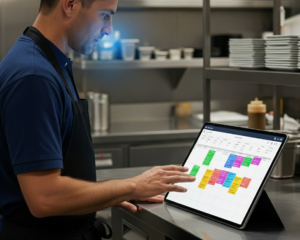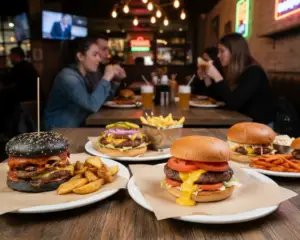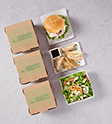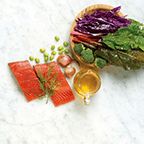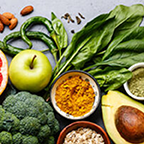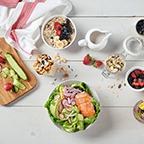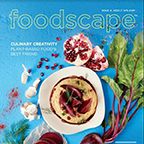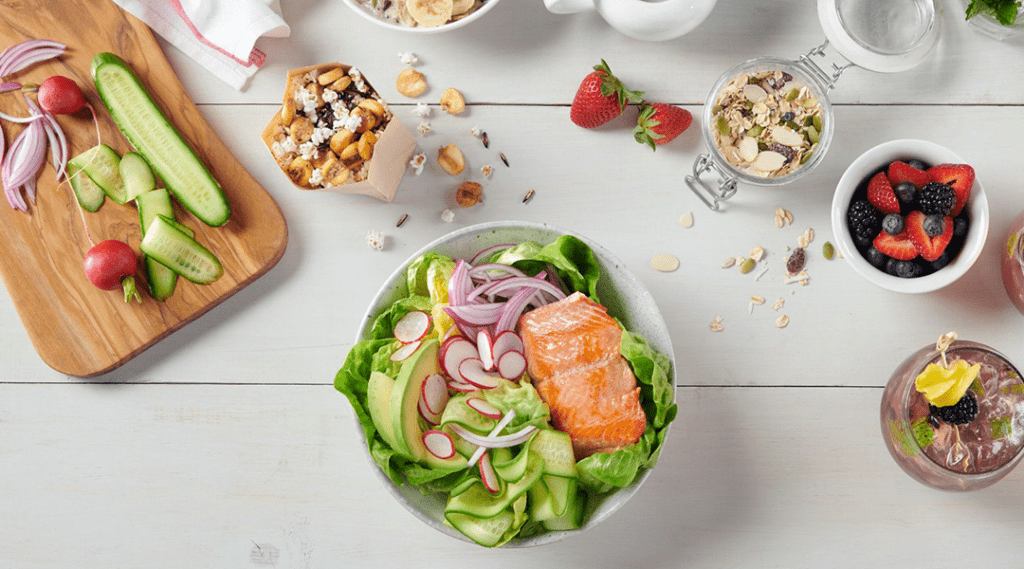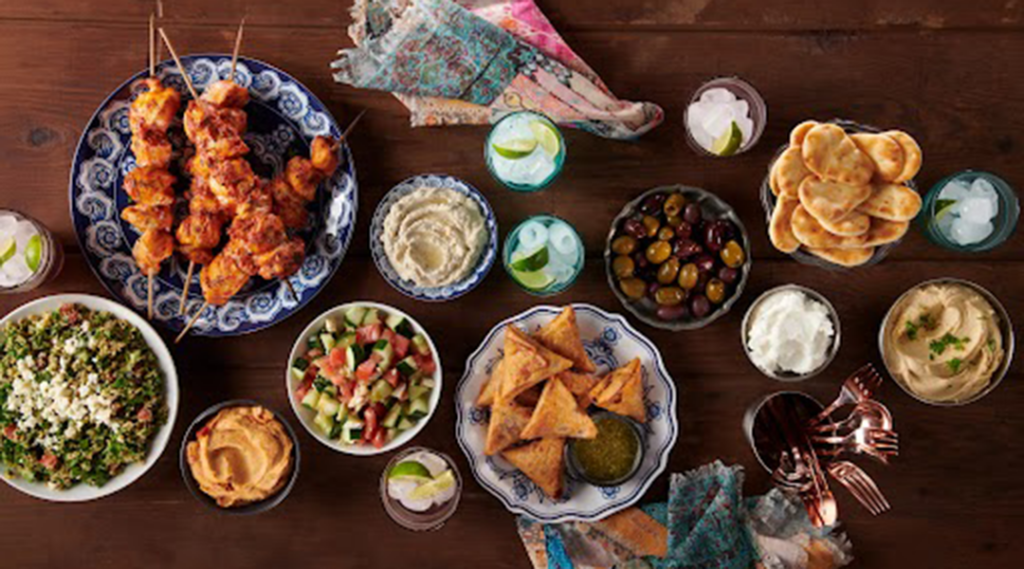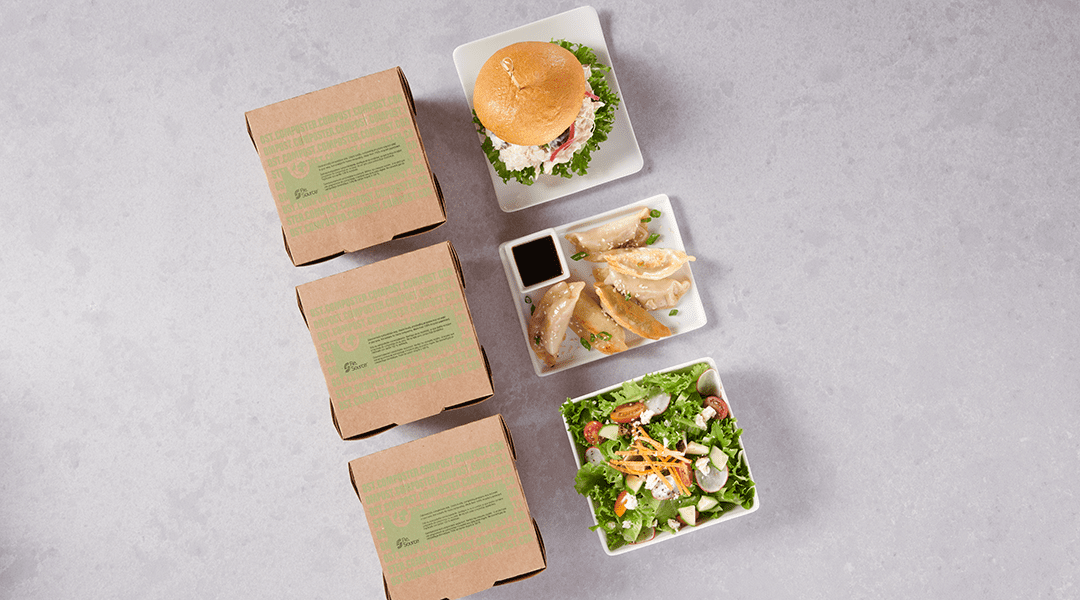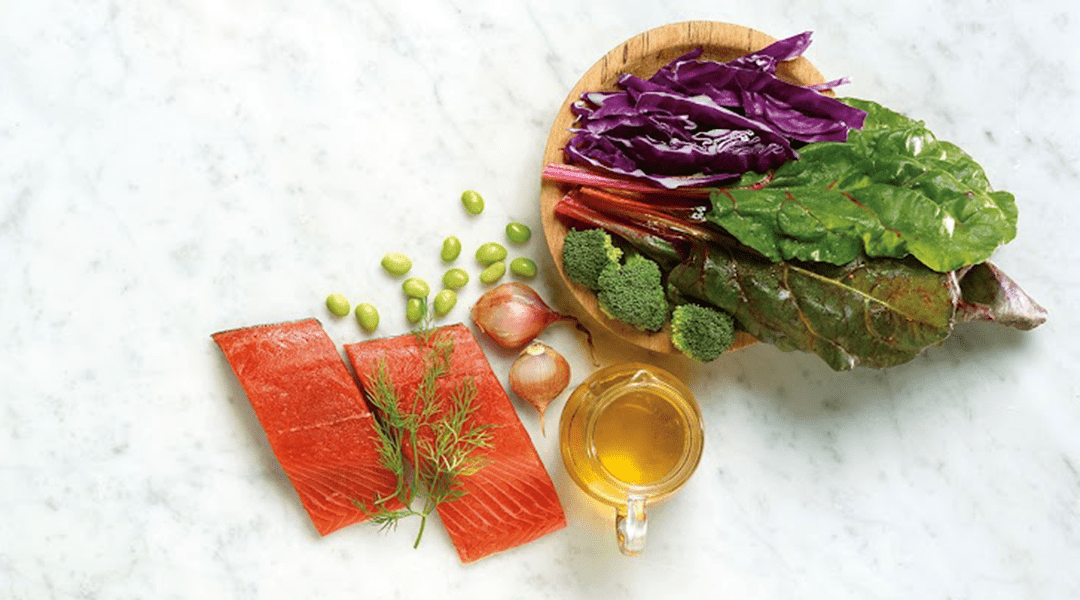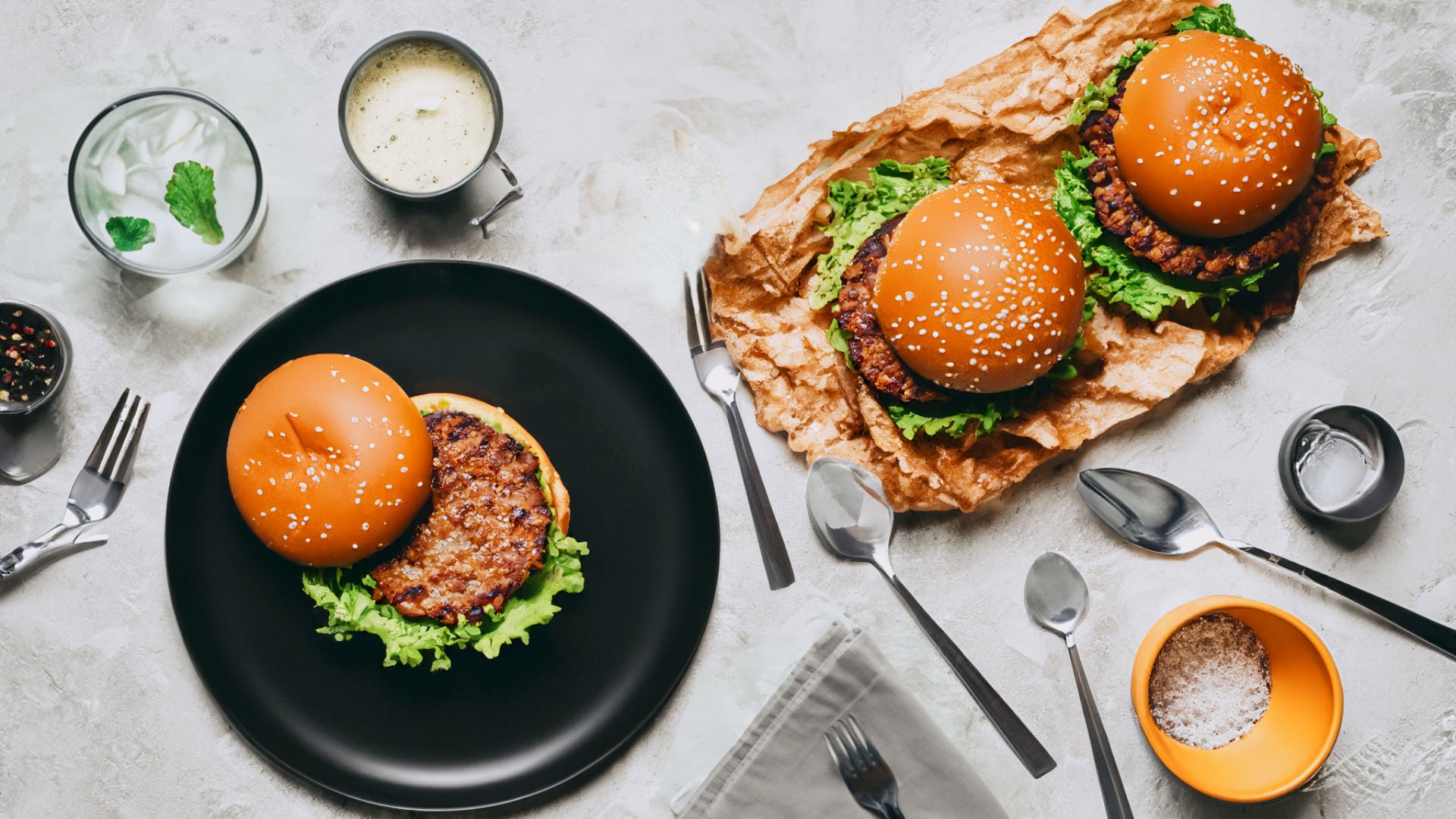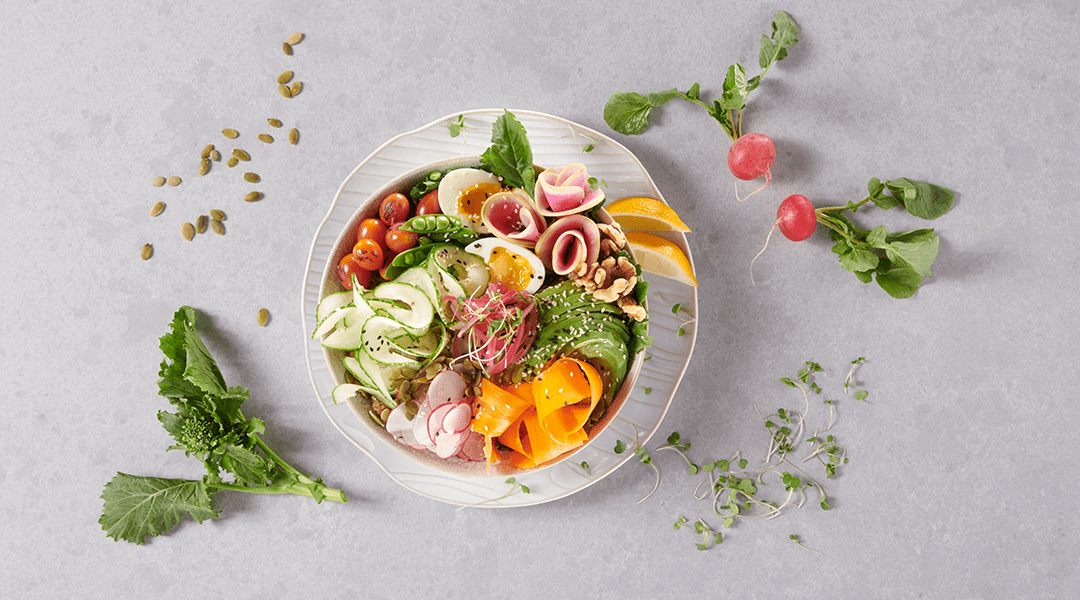Have you heard about the about the Menu Labeling Final Rule? Originally scheduled for implementation May 5, 2017, but it was just announced by the Food and Drug Administration (FDA) that the new implementation date is May 7, 2018. The FDA stated the extension will allow for additional time to consider ways to lessen the financial impact and focus on possible flexibility. The Menu Labeling Law requires restaurants with 20 or more units display calorie counts directly on their menus if they operate under the same name and serve similar menu items. Gordon Food Service will continue to provide updates on changes during this extension period.
Even if your restaurant is not required to comply with the Menu Labeling Final Rule, this is a great opportunity to provide nutrition information to your customers. Customers want to know more and more about their food, as indicated by increasing discussions about transparency in relation to restaurant menus, with calorie counts and other nutrition details being a part of those discussions.
Reviewing the FDA resources are important for every operator to do, but to help you start wrapping your head around the Menu Labeling Final Rule, we’ve pulled out a few key highlights.
Types of establishments requiring calorie counts on menus per the Menu Labeling Law
The Menu Labeling Final Rule impacts the following types of establishments if the restaurant group has 20 or more locations operating under the same name with similar menu items:
- Places of entertainment (i.e. movie theaters, amusement parks, etc.)
- Take-out and delivery operations
- Full-service restaurants
- Fast food joints
- Bakeries
- Coffee shops
- Bars
It’s important to know that in addition to food, calories also need to be displayed for all beverages, including alcoholic drinks, if they are listed on the menu. Also, the items need to be ready to consume. If a customer has to further prepare the food before consumption, that item is excluded from the menu labeling regulation and no nutritional details are needed.
Types of menus requiring calorie counts
If your menu is available in multiple formats, you will have to display calories on each version, including:
- Paper menus
- Menu boards
- Drive-through menus
- Digital menus (online or within an app)
- Next to self-service items,such as those in a salad bar
Additional statements will also be required
In addition to calorie counts, you will need to include two statements on your menu and menu board (if you have both):
- “2,000 calories a day is used for general nutrition advice, but calorie needs vary.”
- “Additional nutrition information is available upon request.”
If your menu is geared toward children, you may also include this statement: “1,200 to 1,400 calories a day is used for general nutrition advice for children ages 4 to 8 years and 1,400 to 2,000 calories a day for children ages 9 to 13 years, but calorie needs vary.”
How do I start?
There are several methods deemed acceptable for determining calories and nutrient information for your menu, including:
- Nutrient database, such as the USDA National Nutrient Database
- Cookbooks
- Laboratory analysis
It is important to document not only the nutrition information for the items on your menu, but how your nutrition analysis was obtained, and strongly suggested you keep this documentation as long as those items are available on your menu.
How nutritional info needs to be displayed
The Menu Labeling Final Rule should be reviewed in detail to fully understand how nutritional details need to be displayed, but here’s a high-level overview on complying with the rule.
First, calorie information cannot be smaller in font than the size used for the price or the name of the item itself. Second, you need to be aware of the FDA rounding rules. The chart below outlines how to round calories, plus all the other nutritional components.
Additional information must be made available upon request and needs to be available in written format at that specific location.
Displaying calorie counts for complex menu items
It can be challenging display all this information if you have a menu that offers ordering flexibility with various sides, combos or sizes. Below are a few considerations for these types of meals:
- Meals with two different choices should be presented with calories for both options separated by a slash. For example, a grilled sub that comes with a side of fruit or bag of chips would be represented as 425/550. If the combination meal has three or more options, display a range. Expanding on the sub example above, with the additional options of coleslaw or potato salad, the caloric range would be 425–575.
- For “build your own” meals, you do not need a nutritional analysis for each combination as long as calories are appropriately displayed for those items on the menu or menu board. Instead, list the different entrees and the number of calories for each (based on the appropriate portion) and leave it up to your guests to determine the total calorie count for their meal.
Know which foods are exempt
- Keep in mind some food items are exempt even if your restaurant group overall must comply. Exempt foods include:
- Condiments available at the table or for “general use”
- A menu item that is considered a custom order
- Daily specials
- Specials and limited-time offers (LTOs) that are available for less than 90 consecutive days or less than 60 days total in a single calendar year.
Even though updates may occur with the Menu Labeling Law during this 1 year extension or perhaps your restaurant group is not mandated to comply, it’s still an option to consider displaying calorie information on your menus – your guests will likely appreciate knowing a little bit more about the meal that are about to enjoy.
Menu nutrition service
Existing Gordon Food Service customer? Our Nutrition Resource Center maintains a Gordon Food Service specific database and can provide a nutrition analysis of your menu items based on your recipes. Learn more about this service by calling 1-800–968-4426 or emailing nrc@gfs.com.


